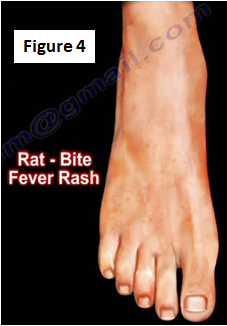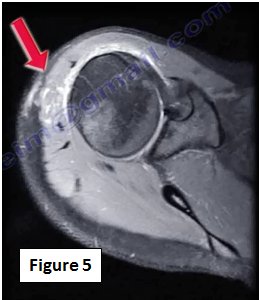A special thanks to Miranda Ebraheim for assisting in this article.
Rat-bite fever is an illness caused from bacteria that is transmitted by rodents. The condition goes by many names but it is typically transmitted by a rat. The disease can be passed from the urine or feces of an infected rodent but it is typically caused due to the animal's bite (Figure 1).
The bacterium responsible for rat-bite fever is found in the mouth, nose, and respiratory tract of many rats and sometimes infection from the bite can be fatal. It is a rare disease normally spread by infected rodents; however, pets such as dogs or cats that are exposed to these animals can also carry the disease and infect humans (Figure 2).
There are two types of gram - negative bacteria that can cause the infection: Streptobacillus moniliformis and spirillum minus (Figure 3).
Symptoms occur 3-10 days after exposure; however, they can be delayed up to several weeks. Symptoms include chills/fever, headache, muscle aches, vomiting, painful swelling of the joints (polyarthralgia), fatigue and rash (Figure 4). Symptoms are nonspecific and can be confused with other diseases. It is a difficult diagnosis and the diagnosis could be delayed.
Here is a patient MRI of the right side shoulder. The patient had documented infection of the right shoulder proven to be caused by rat-bite fever. The patient had incision and drainage of the right shoulder (Figure 5).
Treatment usually includes penicillin or its derivative. A good prevention program is to avoid exposure to infected animals. The mortality rate associated with rat-bite fever is about 13%, if not treated.
The CDC states that those at higher risk of contracting the illness are people with pet rats or those who work with rats in laboratories, pet stores, or people who live in rat infested buildings. People who handle rodents or clean up after them should wash their hands regularly, as well as wear protective gloves and avoid placing their hands to their mouth after being in contact with rodents.
All rodents are potential carriers of the bacteria. Children under the age of 5, pregnant women and people with weakened immune systems should consider not having a rat as a pet.
For more information, visit my YouTube Channel:
https://www.youtube.com/user/nabilebraheim




